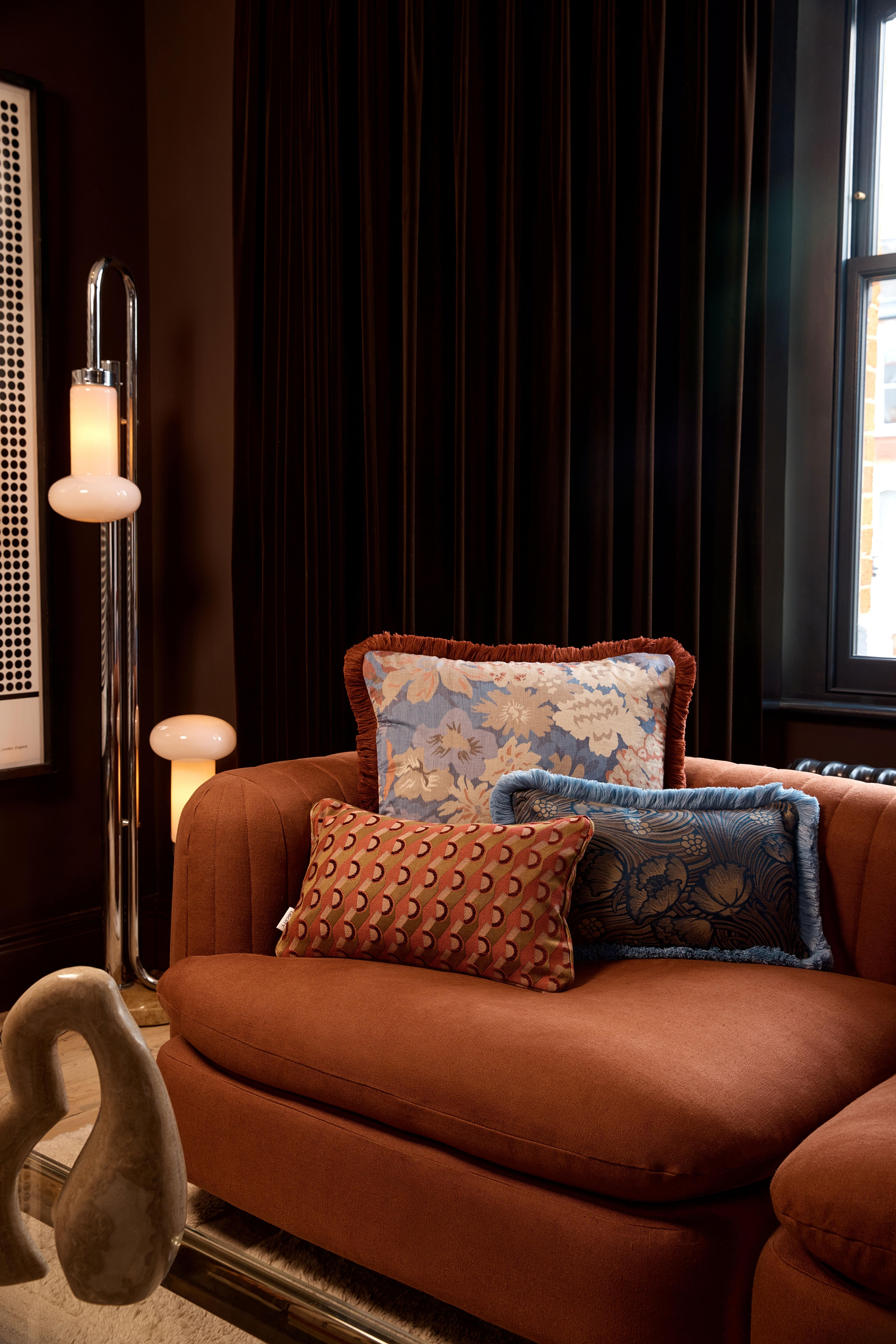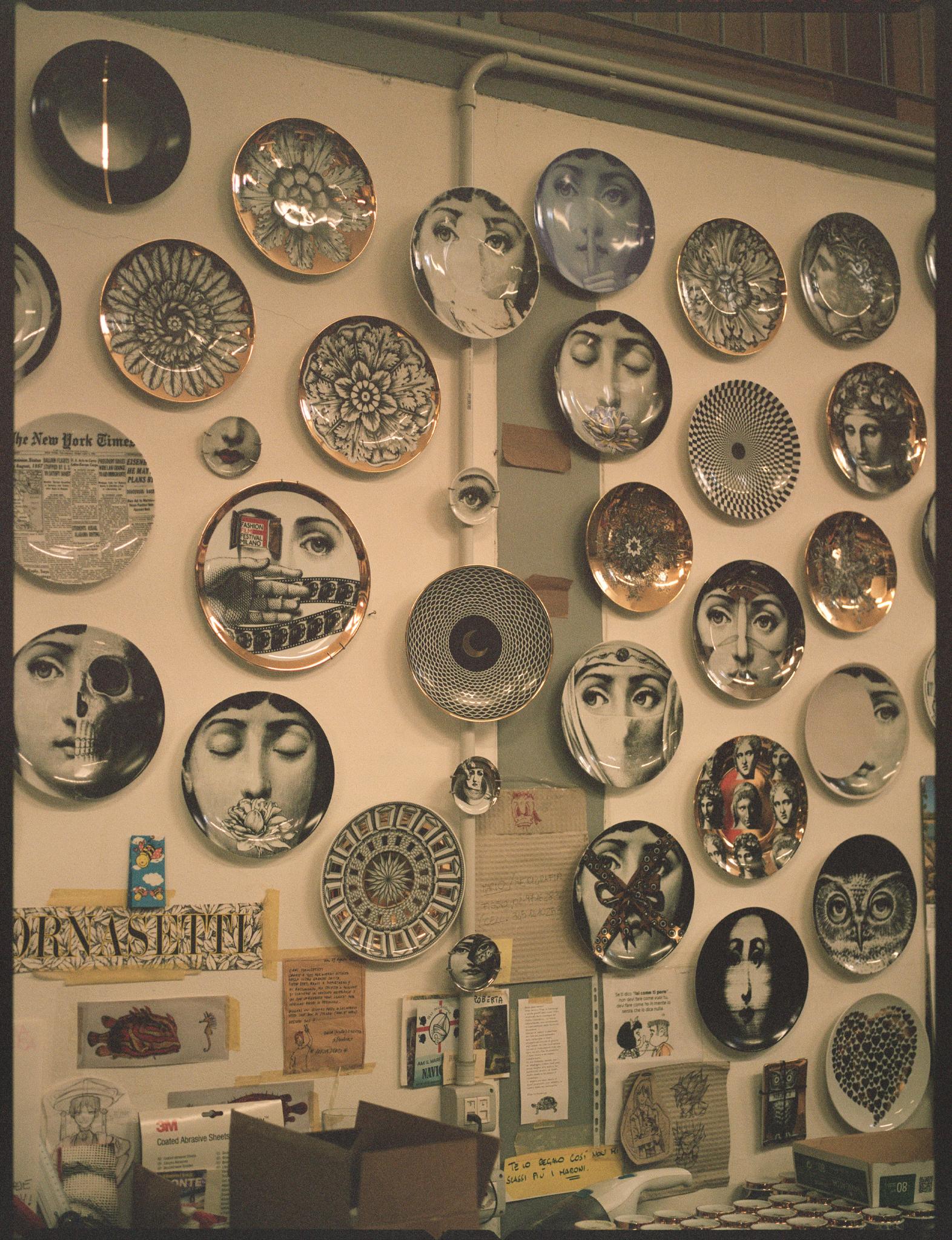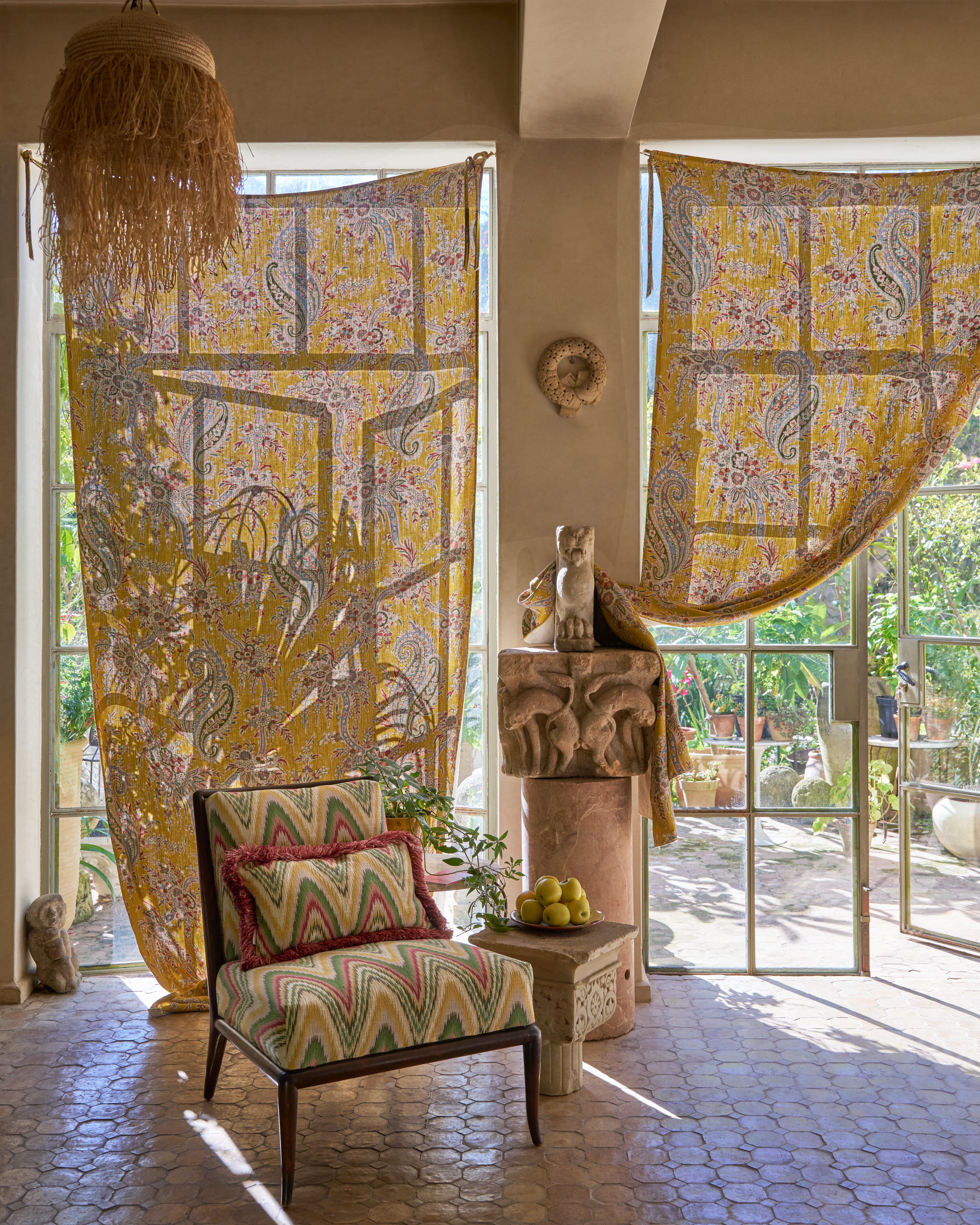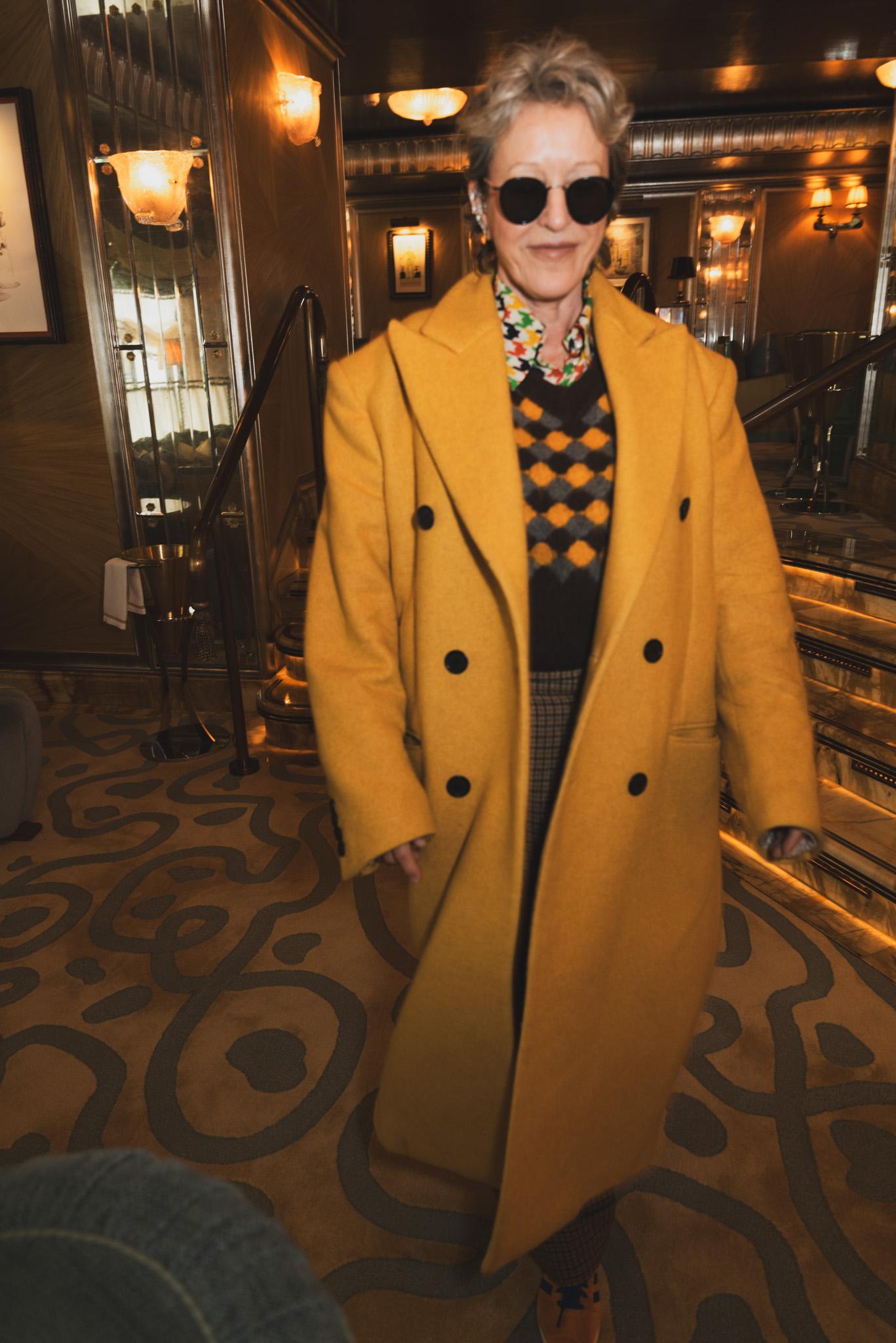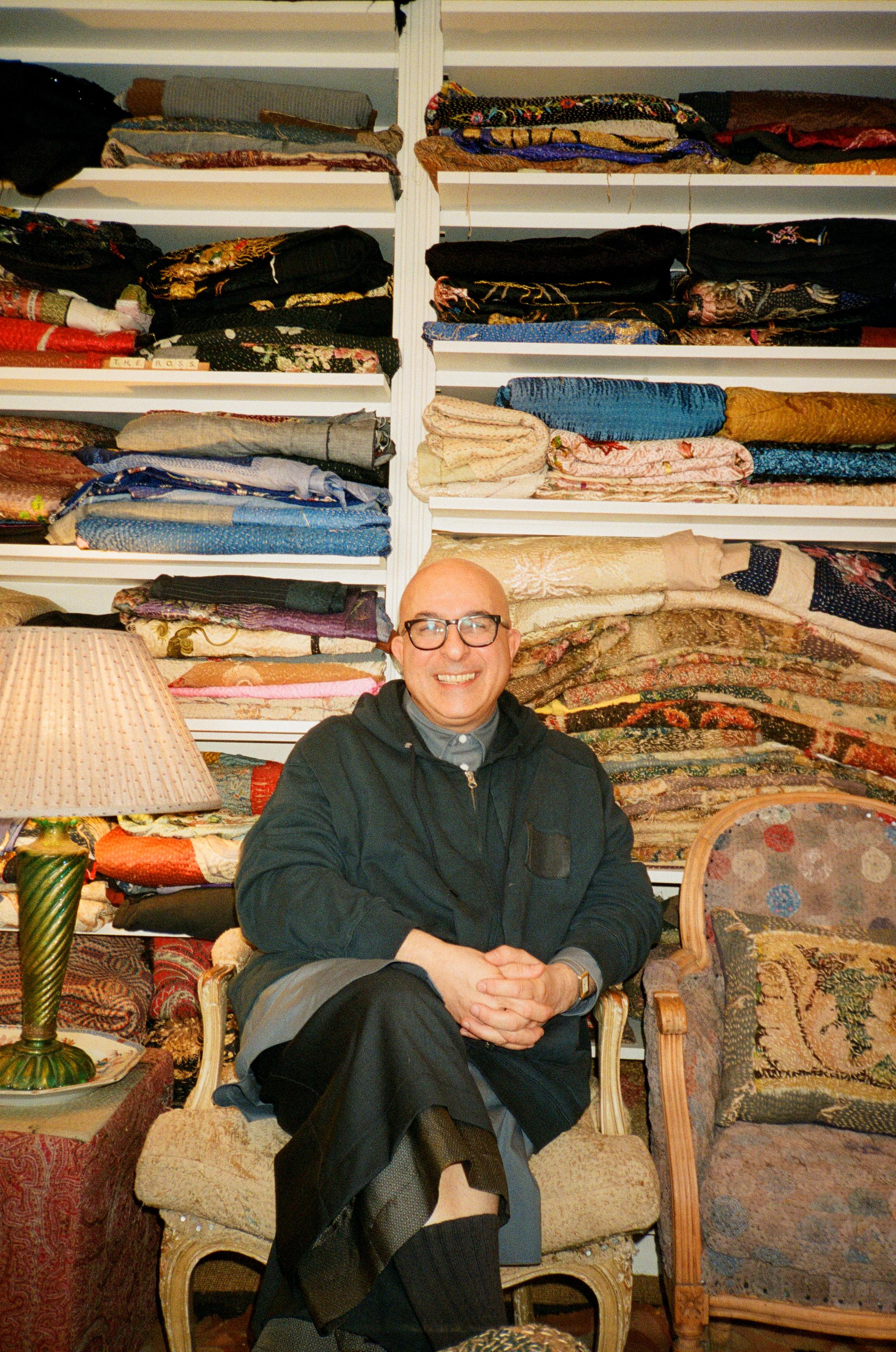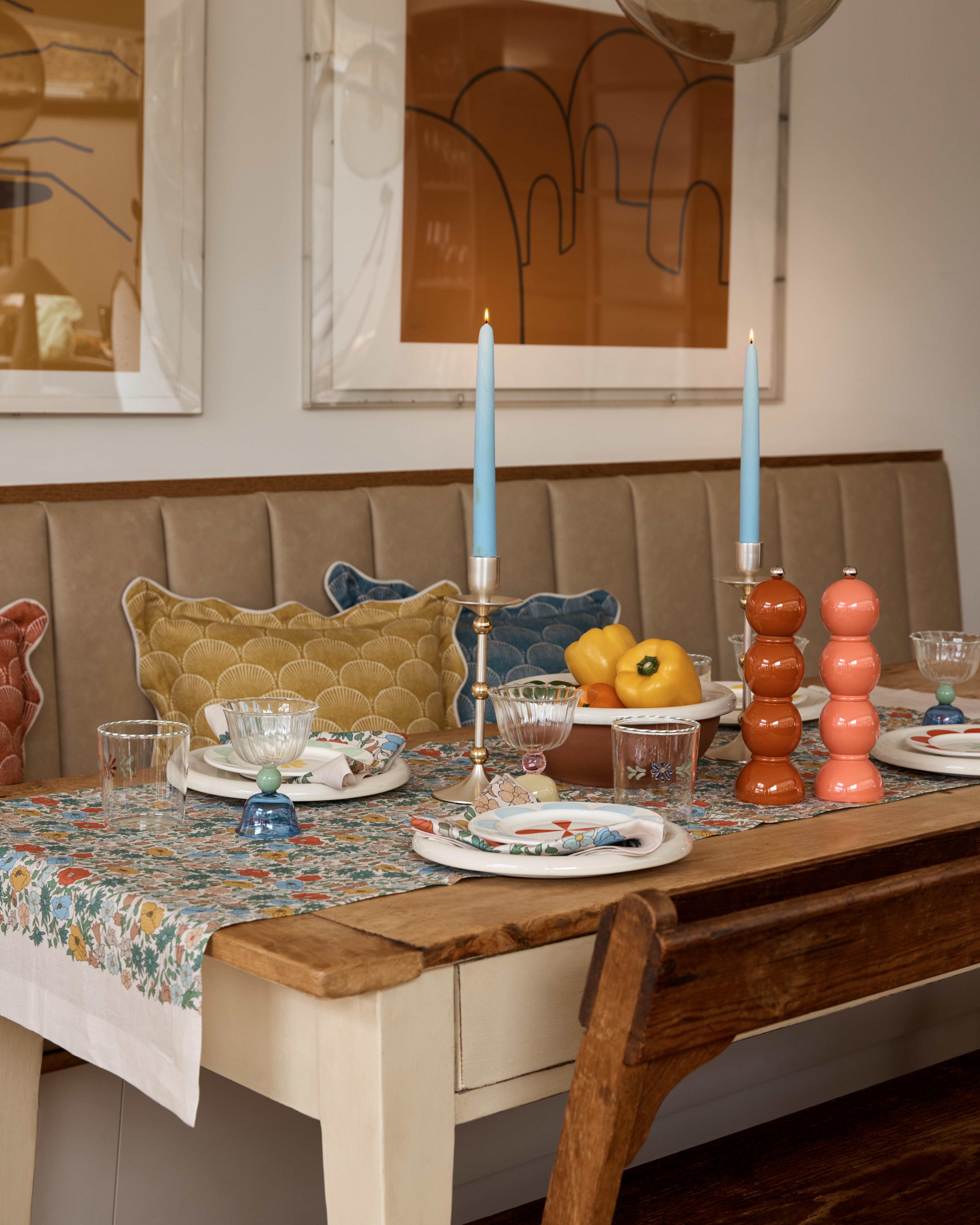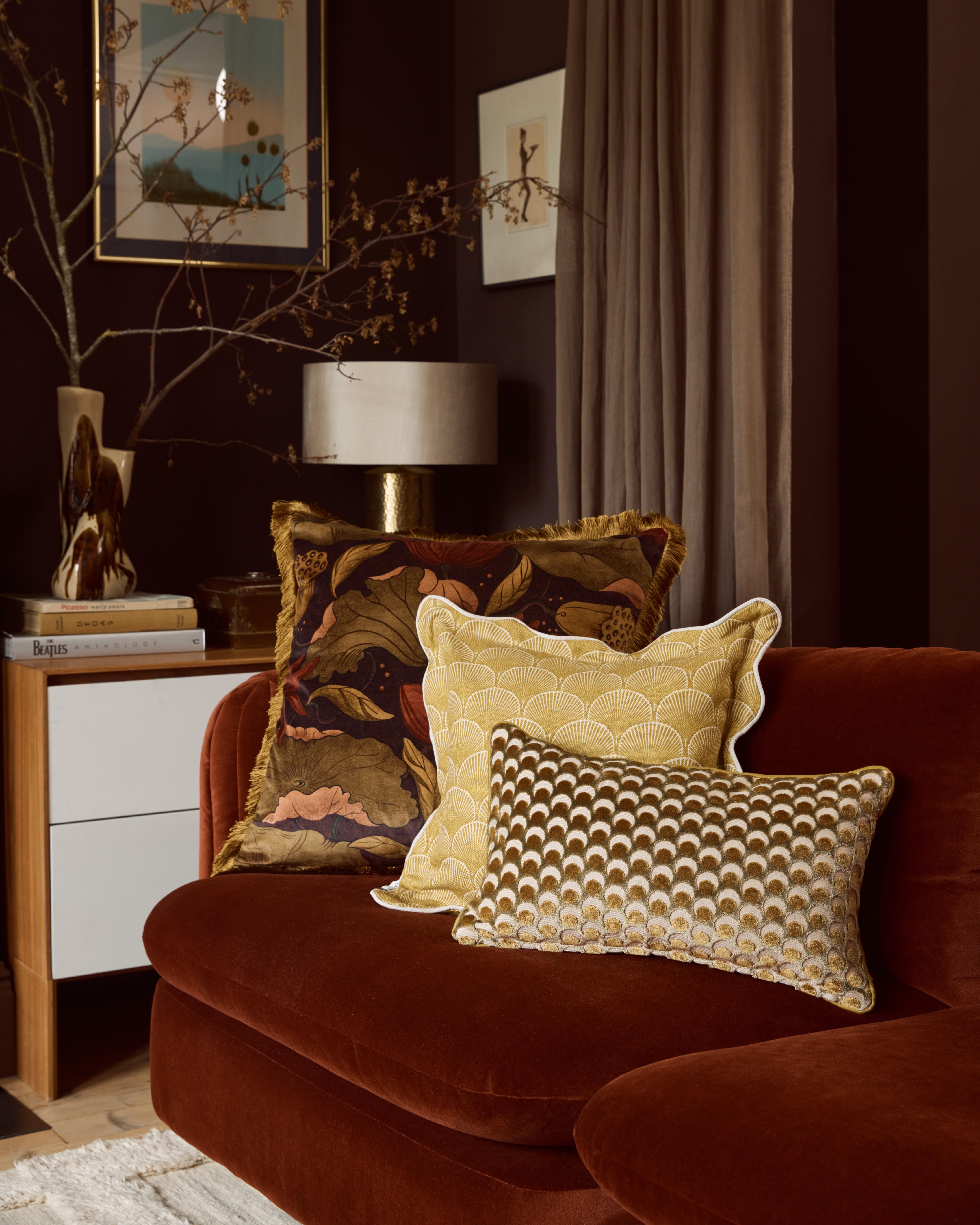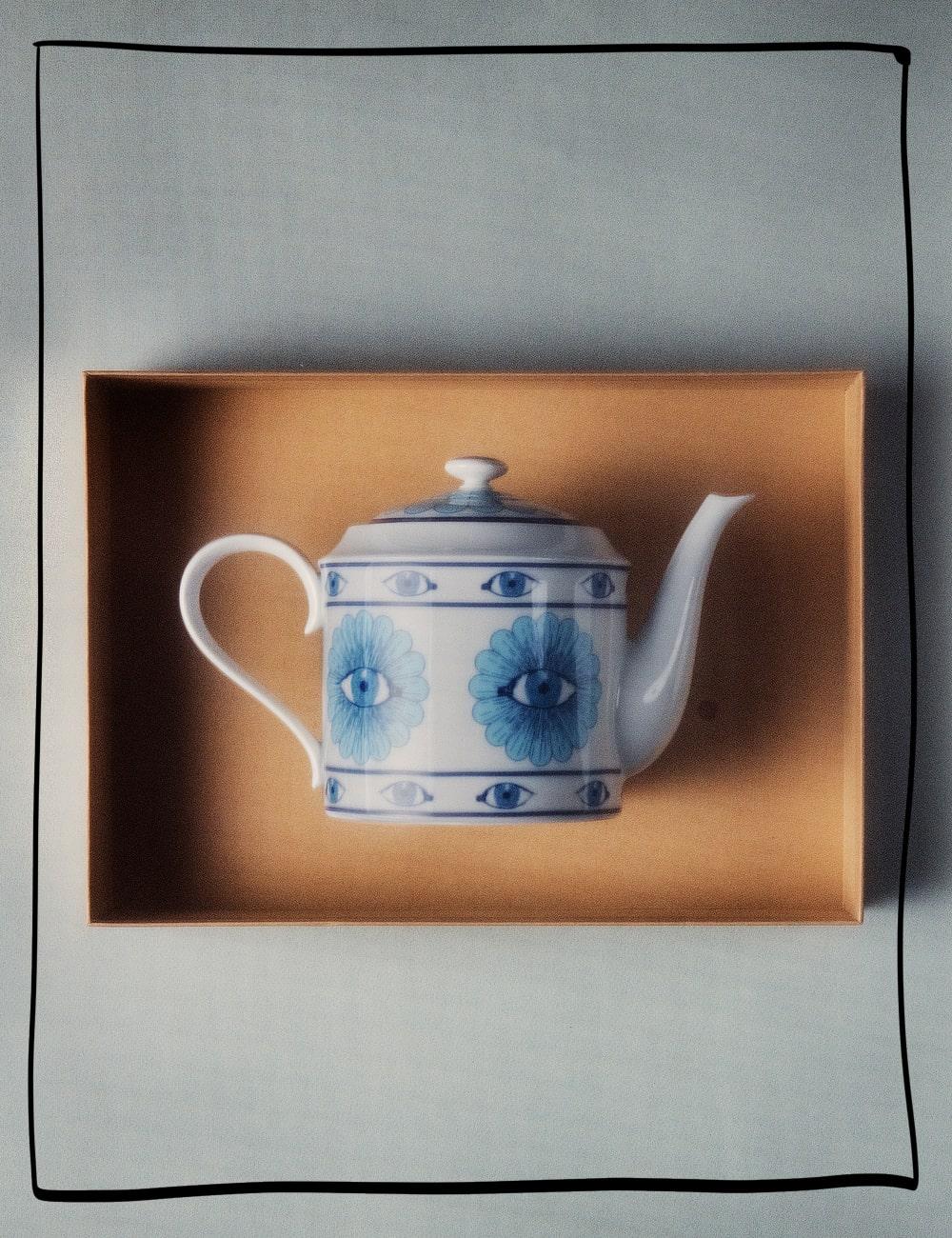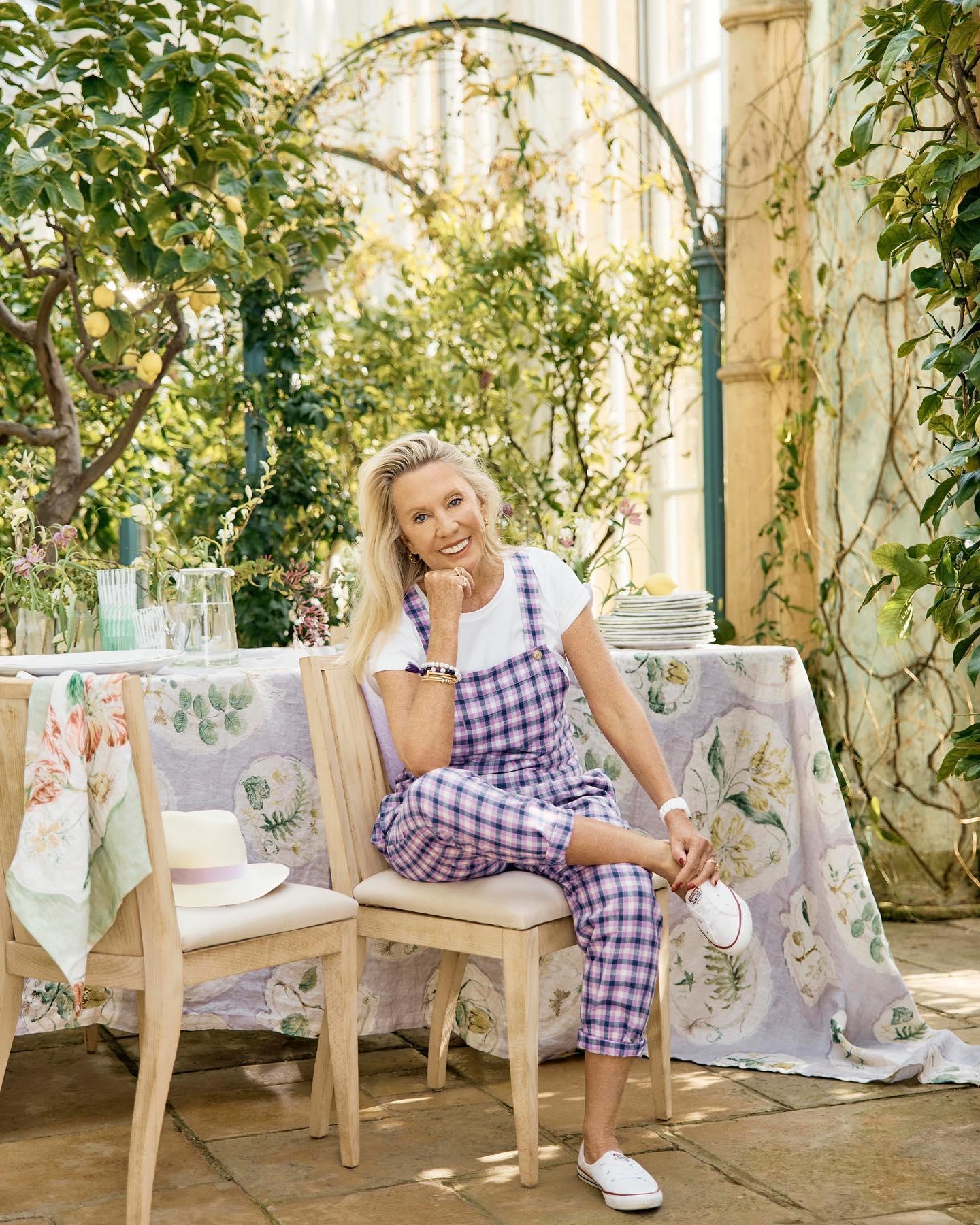In the Studio with Burleigh
Liberty heads to Stoke-on-Trent, for a unique glimpse inside one of the city’s last remaining Potteries
Read more
In the Studio with Burleigh
Liberty heads to Stoke-on-Trent, for a unique glimpse inside one of the city’s last remaining Potteries
The red brick walls of Middleport Pottery in Stoke-on-Trent are steeped in history. There are cobblestone courtyards, bulbous, sky-high bottle kilns, higgledy-piggledy corridors and skilled makers crafting items with the techniques, tools and care that have been used for generations. Emblazoned proudly on the wall as you enter are the words: “All Made Here”.
This site has been home, for the last 135 years, to Burleigh: one of the oldest pottery manufacturers in the country, and one of the very last remaining bastions of Stoke-on-Trent’s storied ceramics heritage. Burleigh itself has just celebrated its 176th birthday and throughout its history has become one of the best-known and significant potteries in the country, with it’s distinctive prints adorning some of the finest crockery cupboards in the land.
The factory in Stoke-on-Trent has been in near continuous operation from the days the doors opened: across three centuries and two world wars – until the Covid-19 pandemic forced a brief pause in 2020.
Situated on the banks of the Trent and Mersey Canal, stepping into the factory (which you enter by crossing a giant iron weighing scale that, in years gone, by would have weighed goods as they entered or left the factory) feels like stepping back in time.
Hints of the factory’s history are everywhere you look, most notably in the bottle kiln that sits in the central courtyard. When the factory was built, there were seven of these brick kilns in the factory and each would have been stacked to the brim with Burleigh’s wares. The final remaining kiln was fired for the last time in 1965 as air quality regulations came into play, but here, and across Stoke-on-Trent, their distinctive shape acts as a reminder of a golden age of pottery manufacturing.
Many of the processes being worked on by the team today are exactly the same – albeit with a few modern refinements – as they would have been when the factory first open. Notably, Burleigh’s unique tissue transfer method of decoration: where designs are printed onto thin sheets of tissue-like paper using copper rollers, before being painstakingly transferred by hand onto each piece of pottery.
When Liberty visits, the city is blanketed in a chilly layer of mizzle, and the warm, inviting rooms of the factory ooze an appealing nostalgia, and there’s a touch magic to the craft of what the Burleigh team are creating in this corner or the North West. To find out more about the brand’s history and future, Liberty sat down with Alison Rafferty, Burleigh’s design and development manager for a glimpse into Burleigh’s world.
Could you give us a brief history of Burleigh and what makes it unique?
Burleigh was founded in 1851 at a different site. It was run as Hulme and Booth for 10 years before being taken over by Mr Burgess and Mr Leigh, who are considered our founders. In 1888, they began constructing Middleport Pottery, which was completed in 1889. We've been producing ceramics here ever since!
How would you describe Burleigh’s aesthetic and design style?
We’re the last large-scale manufacturer in the UK, and possibly the world, using the tissue transfer printing process. This method, combined with our engraved copper rollers, gives our ceramics a unique look and feel that stands out in the market.
We use engraved copper rollers for our patterns. Ceramic colour is applied to the roller, filling the engraved lines, and thin tissue paper transfers the pattern. The paper is then used by decorators to wrap each ceramic piece. This intricate process allows us to cover complex shapes seamlessly, something unique to Burleigh.
How does it feel to work for such a historic brand?
It’s an absolute privilege. We focus on three core pillars: design, provenance, and authenticity. Whether we’re creating something new or reviving patterns from our archives, we honour our history while maintaining the style and craftsmanship that define Burleigh.
Why is keeping production in-house at Middleport Pottery so important?
Every piece of Burleigh pottery has been made here since 1889. We’ve never outsourced, which is a source of pride. Being from Stoke-on-Trent, I’m proud of our city’s rich pottery heritage, recently recognised as a UNESCO World Craft City for ceramics.
What does the design process look like at Burleigh?
It often starts with our archives, which include physical ceramic pieces and engraved copper plates. We adapt these to contemporary trends, ensuring our collections fit modern lifestyles. We aren’t fast fashion, we design pieces that align with how people eat, drink, and share meals today.
How do you balance Burleigh’s rich history with modern trends?
Patterns like Asiatic Pheasants (which predates this building) are timeless and remain in demand globally. They fit beautifully in both traditional and contemporary interiors. This enduring appeal allows us to honour our history while staying relevant to modern customers.
Can you give an example of how modern trends influence your designs?
The pasta bowl is a great example. Consumers now prefer versatile pieces that work across occasions rather than having separate sets for formal and casual use. Post-Covid, there’s a focus on enjoying beautiful, everyday items rather than saving them for special occasions.
Do you have a personal favourite design?
Blue Calico is my favourite. Its vibrant pattern works in any interior and showcases the capabilities of tissue transfer printing. Unlike others, we can wrap designs fully around 3D surfaces without breaks.
